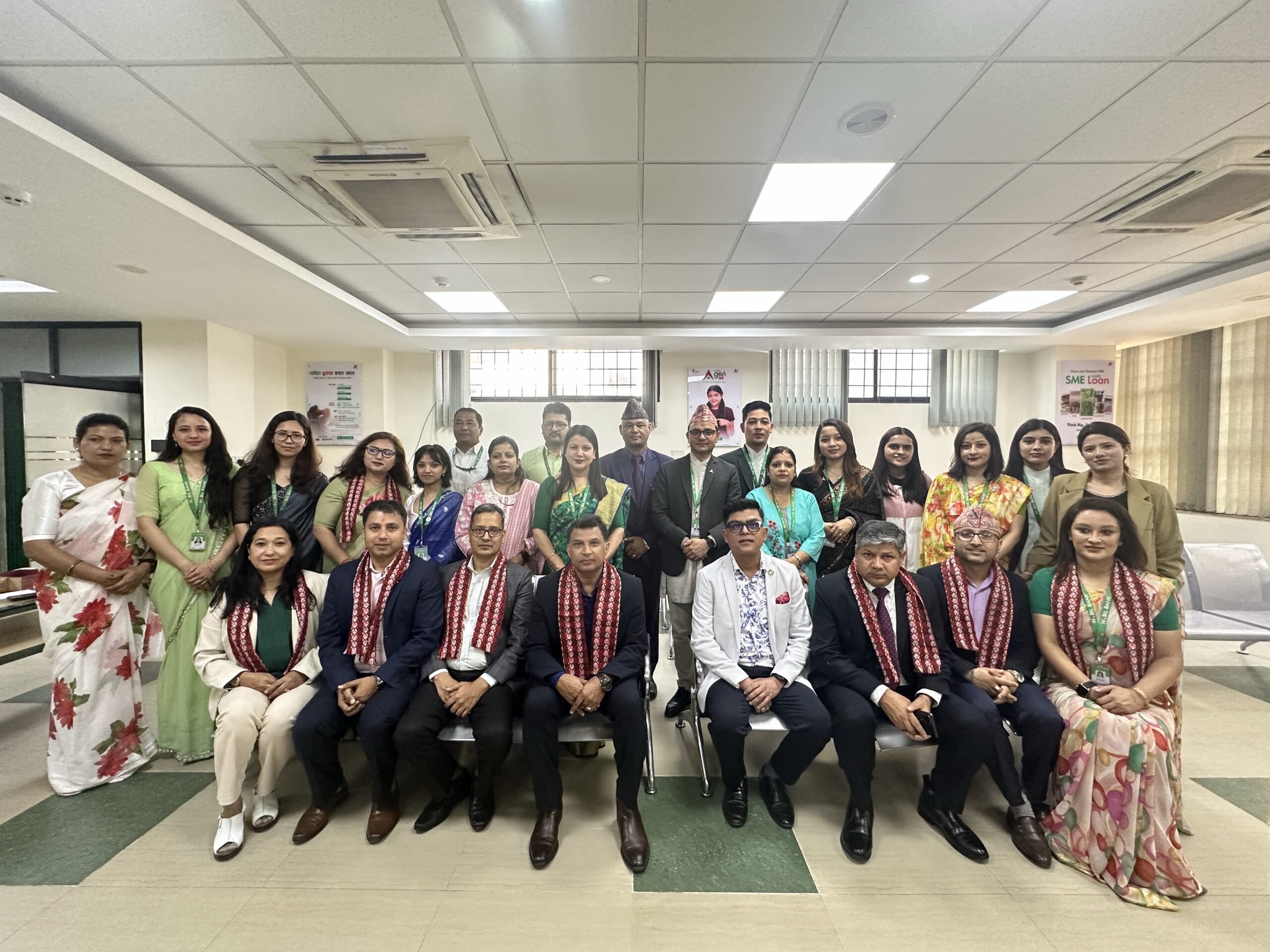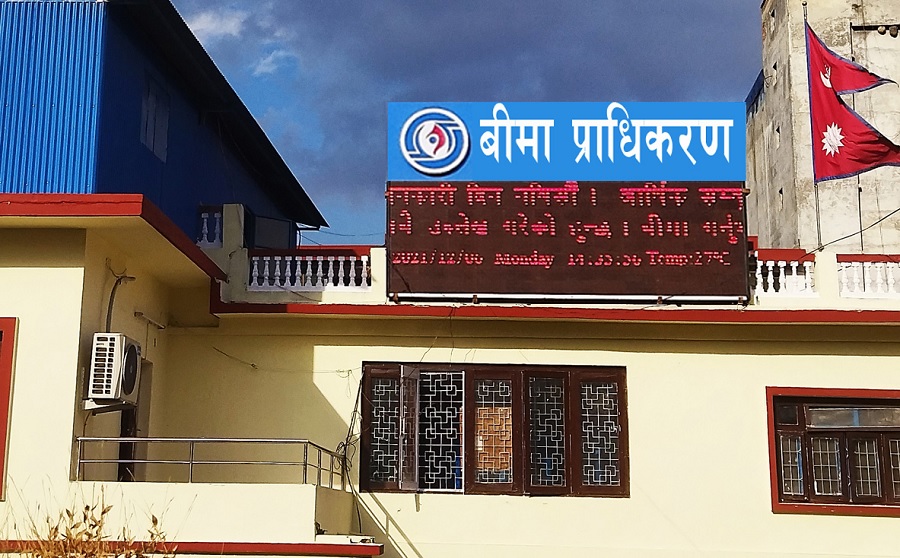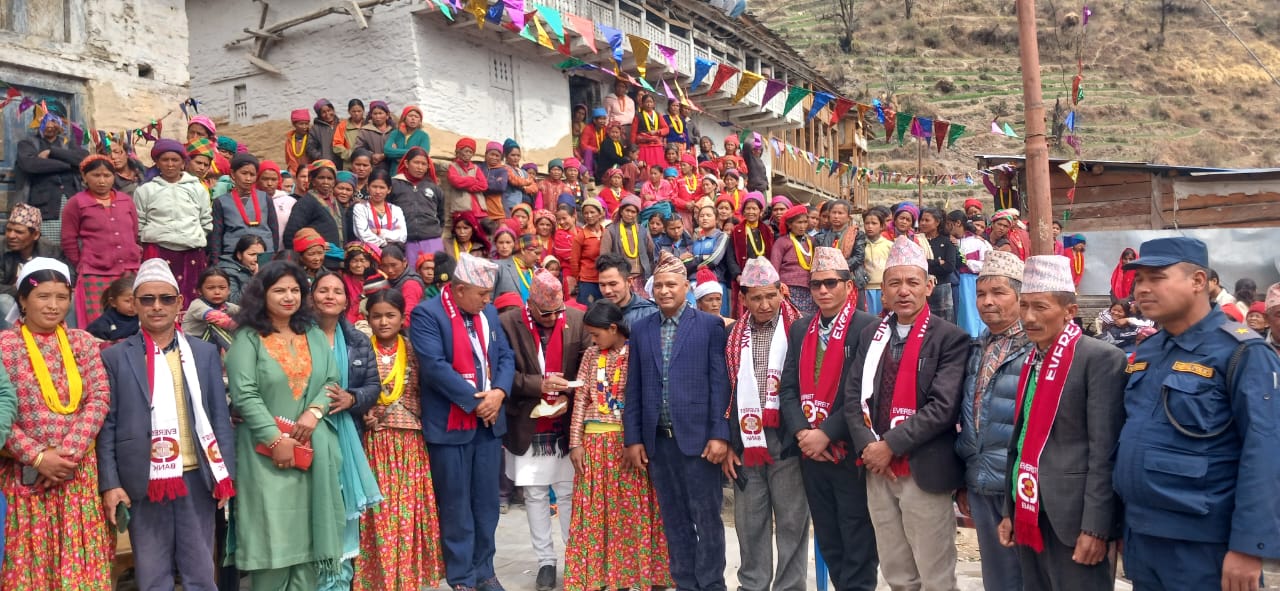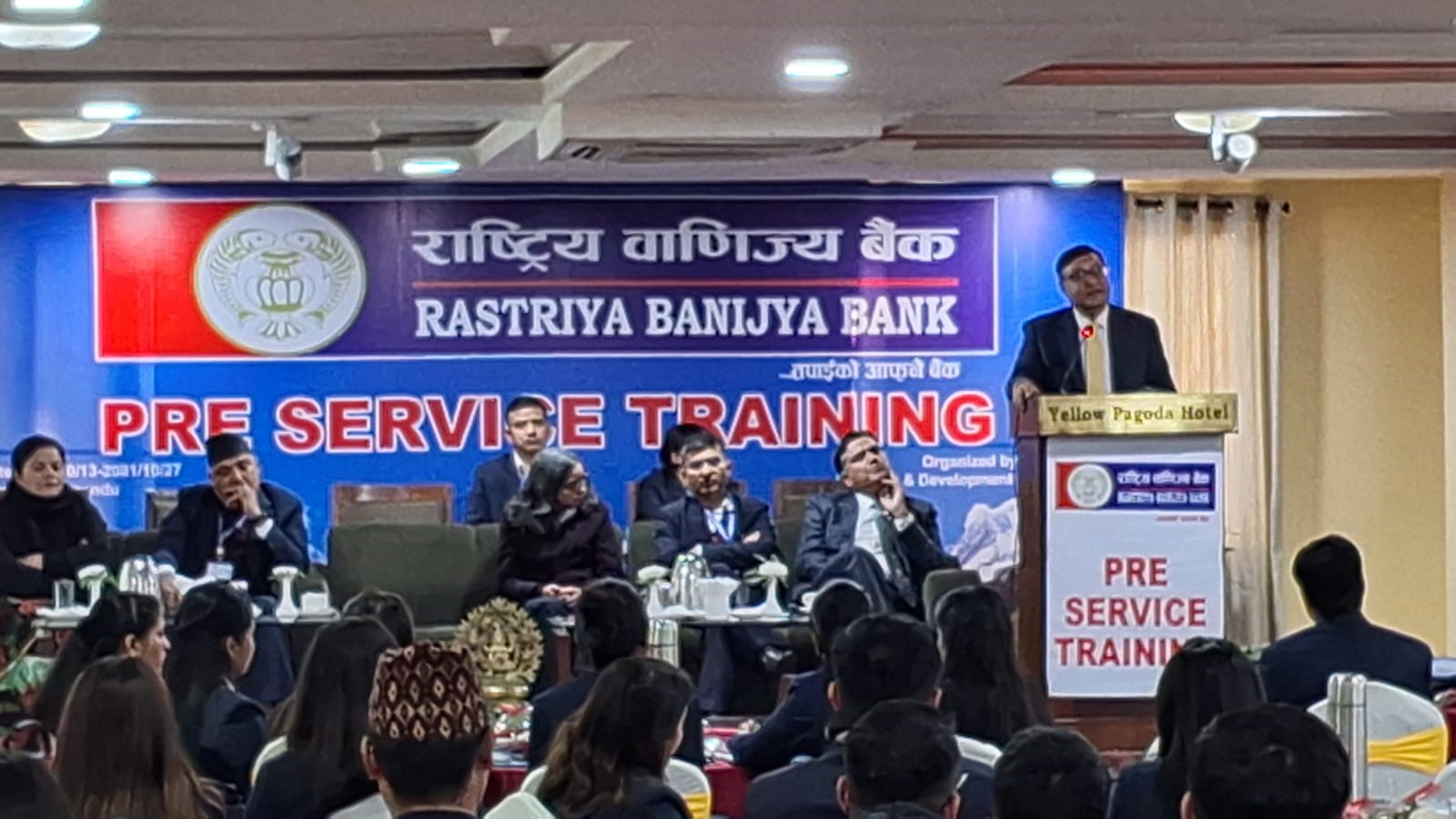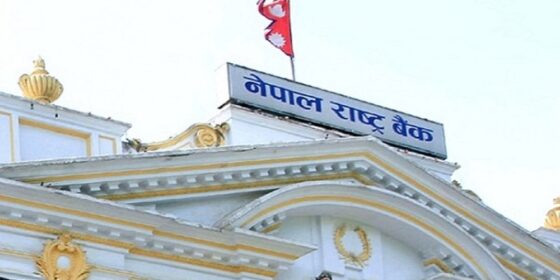
Kathmandu: Nepal’s economic indicators for the fiscal year 2023/24 reveal a mixed performance across various sectors, as reported by the Nepal Rastra Bank (NRB).
Inflation and Trade:
The annual average inflation rate remained steady at 5.44 percent. However, both imports and exports saw declines, with imports decreasing by 1.2 percent and exports by 3.0 percent. This marks a slight improvement compared to the previous year, where imports and exports had plummeted by 16.1 percent and 21.4 percent, respectively.
Remittances and Balance of Payments: Remittances showed a robust increase, growing by 16.5 percent in Nepalese rupees and 14.5 percent in USD terms. The country’s Balance of Payments (BoP) recorded a significant surplus of Rs. 502.49 billion, up from a surplus of Rs. 285.82 billion the previous year.
Foreign Exchange Reserves:
Gross foreign exchange reserves reached USD 15.27 billion, a figure sufficient to cover 13 months of merchandise and service imports.
Money Supply and Banking:
Broad money (M2) expanded by 13.0 percent. Deposits at Banks and Financial Institutions (BFIs) also grew by 13.0 percent, with total deposits standing at Rs. 6452 billion. Private sector credit increased by 5.8 percent, amounting to Rs. 5074 billion.
Economic Growth:
The overall economic growth for 2023/24 is estimated at 3.87 percent. Sector-wise, agriculture is expected to grow by 3.05 percent, industry by 1.25 percent, and the service sector by 4.50 percent. The shares of these sectors in GDP stand at 24.10 percent for agriculture, 13.00 percent for industry, and 62.90 percent for the service sector.
Savings and Investment:
The gross domestic saving to GDP ratio is projected at 7.61 percent. Meanwhile, the ratios of gross fixed capital formation and gross national saving to GDP are estimated at 24.45 percent and 36.15 percent, respectively.
These figures highlight the ongoing challenges and opportunities in Nepal’s economic landscape, with significant contributions from remittances and a strong Balance of Payments position offering some stability amidst declining trade performance.



